|
HOME: www.hiltonpond.org |
|||
THIS WEEK at HILTON POND Installment #637---Visitor #
Subscribe for free to our award-winning nature newsletter (Back to Preceding Week; on to Next Week) |
SIGNS OF EARLY SPRING 2016 You may recollect that back on 2 February 2016 our own Hilton Pond Harry, the White-footed Mouse, predicted an early spring for the Carolina Piedmont--a prognostication repeated by sometimes-suspect Punxsutawney Phil, that infamous Groundhog in far-off Pennsylvania. Turns out Harry was correct, as usual, with his forecast; the first half of March 2016 saw readings at Hilton Pond Center in the low 80s and suddenly spring was upon us. Prior to the warm stretch, however, many of our winter resident birds were still flocking to seed feeders, meaning some of them entered traps and got banded. By mid-month, however, numbers declined drastically as most of those cold-weather species already started moving north, leaving behind local signs of early spring. The following installment chronicles some of the natural happenings around the Center from the first 15 days of March 2016. 1 March 2016
All text, maps, charts & photos © Hilton Pond Center March came in like a wind-blown lamb at Hilton Pond Center, with gusts of 19 miles per hour pushing warm southwesterly air that brought the afternoon high to 71.5° F. Eastern Chipmunks (Tamias striatus, above), Eastern Gray Squirrels, and lots of birds were quite active in this early spring weather. Despite balmy temperatures the avifauna were still intent on gobbling as many sunflower seeds as possible. As a result, we were busy all day tending our traps and ended up banding 11 Purple Finches, ten American Goldfinches, and one each of Carolina Chickadee, Eastern Tufted Titmouse, and House Finch. 4 March 2016 At one time Hilton Pond Center was a stronghold for Northern Cardinals (NOCA), but these days we have many fewer than back in the 1990s. When we came in 1982 to what is now the Center, our 11 acres was mostly open; as a result of our laissez-fair philosophy of land management, the property soon succeeded into old fields and then to shrub land, with Eastern Red Cedars a dominant woody plant.
All text, maps, charts & photos © Hilton Pond Center Cedars provide excellent cover for NOCA in cold weather and ideal nesting sites come spring, hence our success at banding an average of 121 cardinals from 1990 through 1995. Compare that with a mere 64 annually for the past eight years (see chart above)--during which time mixed hardwoods and conifers shaded out and replaced our cedar trees, eliminating most cardinal habitat in the process. It's likely West Nile Virus that hit in the late 1990s also had an effect on cardinal numbers, but we think vegetational change is the biggest factor by far.
All text, maps, charts & photos © Hilton Pond Center This was all brought to mind on 4 March when we FINALLY caught the Center's first Northern Cardinal of 2016, a female (above). Historically, by early March we would have banded a couple of dozen of these "redbirds" that are a favorite of birdwatchers wherever they occur--and that are the official bird of seven different states. Now it seems those glory days are over for local cardinals. 5 March 2016 Back in October 2012 we observed at Hilton Pond Center a skinny Red Fox, Vulpes vulpes--similar to one in the photo below right--with minimal fur on its tail and body. While perusing the Internet this week we came across a reference to "Samson Foxes"--animals with a rare recessive genetic abnormality that prevents long guard hairs from growing and that may cause underfur to be tightly curled. This makes the fox look "woolly" over its entire body or just on body, tail and hindquarters--resulting in either a "complete" or "partial" Samson condition. We're now thinking what we saw was indeed a Samson Fox. In any case, that Red Fox was the next-to last addition to the Center's list of 29 mammals. Striped Skunk was most recent, and Coyote likely will be the next. (We hear Coyotes most nights but have never actually seen one on the property. Perhaps moving a trail cam further away from the house and putting out some bait will allow us to get an infrared shot of one of these wild dogs.) 6 March 2016
All text, maps, charts & photos © Hilton Pond Center On 6 March at we banded Hilton Pond Center's 500th bird of 2016 and it happened to be an abnormally colored Purple Finch. We'd been watching this bird on and off for a month or so; he was easy to spot because he appeared to have a white collar or ring around his neck (see photo above). Through binoculars and in-hand it was apparent this individual was leucistic, a "partially albinistic" condition in which feathers are lacking normal coloration. (A true albino would lack all pigment AND have pink eyes and pale legs and bill.) In this case the bird was at least an after-second-year individual; PUFI males do not get their raspberry color until their third year. It will be interesting to see if this bird returns next winter and if he shows more or less loss of feather pigment. 7 March 2016 Inasmuch the road in front of Hilton Pond Center is often contaminated with litter from thoughtless passersby, we go out for weekly walks with trash bag in hand. Bottles, cans, baby diapers, old newspapers, cigarette butts, burger boxes, and the like make a mess of the countryside, and it's hard work keeping up with the junk.
All text, maps, charts & photos © Hilton Pond Center On 7 March we had some help with our litter patrol when four Black Vultures descended from the trees and picked through a plastic bag filled with--of all things--a couple of dead Eastern Gray Squirrels. Why the squirrels were in the bag is a mystery and why the bag was thrown to the roadside is perplexing, but how the vultures found this carrion mess is beyond us; perhaps they've just learned to pick through litter in search of choice morsels. (Turkey Vultures have an acute sense of smell while Black Vultures apparently do not.) As we took photos our movements startled the big black scavengers and all flew away except one that decided to tarry a bit atop the gate post at the end of the driveway (see photo above). It looked a little disheveled, and its feathers were marked with whitewash--a good sign it had huddled in a communal roost the night before with numerous less-than-sanitary vultures perched higher up. 8 March 2016 We guess Purple Finches didn't get the message on 8 March that we're in the midst of what we're calling "March Mayness," with sunny spring-like skies and an afternoon high of 76.3° F at Hilton Pond Center. Instead of lolling about in tree tops the finches were gobbling down sunflower seeds and getting trapped in the process. Altogether, we banded a whopping 30 PUFI, plus five American Goldfinches, one House Finch, one Carolina Chickadee, and one Chipping Sparrow (38 total). 10 March 2016 With pre-spring temperatures on 10 March at Hilton Pond Center in the upper 70s, Southern Leopard Frogs were calling. Their song is quite distinctive, rather like that of a thumb being rubbed along a balloon. Click on the photo below to hear it. All text, maps, charts & photos © Hilton Pond Center Southern Leopard Frogs, Rana sphenocephala--translated as "wedge-headed frog"--are highly variable in appearance, but always some shade of tan and/or pale green. They have a light-colored dorsolateral ridge from behind the eye to the rump, and another light-colored ridge below the eye. Look for relatively few dark spots on body and legs. While listening to the frog chorus we ran a half-dozen mist nets for the first time since carpal tunnel surgery on 4 Jan and caught few new birds. Their scarcity was more than compensated by encounters with numerous "old friends," however, including an eighth-year female Eastern Tufted Titmouse banded in 2009, and an eighth-year male Purple Finch and a seventh-year female titmouse--both caught originally in 2010.
All text, maps, charts & photos © Hilton Pond Center Throw in, among others, a fourth-year White-breasted Nuthatch male (banded 2012), a sixth-year female Northern Cardinal (2011), three Song Sparrows (all from 2014, see photo above), and a Carolina Chickadee (2012) and it's apparent there's a good deal of site fidelity going on. (With the exception of the sparrows, all these birds are likely year-round residents; our Song Sparrows usually depart by June and apparently don't return until late in the following winter.) Banding birds is interesting and fun, but showing such site fidelity (and longevity) is a significant validation for the scientific usefulness of the practice. (NOTE: The substantial list of all birds recaptured during the period is below the end of this photo essay.) Recaptures on 10 March easily outnumbered new captures that included two male Northern Cardinals and one each of: Carolina Chickadee, Eastern Phoebe, Yellow-rumped Warbler, White-throated Sparrow, and Eastern Bluebird (a female with distended cloaca, indicating egg-laying had commenced). The "in-hand bird of the day," however, was a female Red-bellied Woodpecker (RBWO, see photo below)--just the 87th of her species banded at the Center in 35 years. (In males the red on the nape extends to crown and forehead, sometimes leading folks to incorrectly call him a "Red-headed Woodpecker"--which is a different species.)
All text, maps, charts & photos © Hilton Pond Center Red-bellied Woodpeckers are a species whose common name must have been given by a museum ornithologist who saw a dead specimen on its back in a display tray; the reddish underside is seldom observed in a live woodpecker that spends most of its time clinging tightly to tree trunks. There the RBWO taps on dead wood, listens for the scratching sounds of beetle grubs within, creates a hole, and then inserts her tongue--skewering the soft larva with the tongue's hard, pointed tip. When the woodpecker pulls her tongue back in, hard rear-facing bristles on the tongue's edge dig in like fish hooks and help pull the succulent grub from its chamber. (Look closely; these barbs are visible in the photo above.) 11 March 2016
All text, maps, charts & photos © Hilton Pond Center On 11 March we mist netted yet another member of the Picidae: A second-year male Yellow-bellied Sapsucker (above). At least three YBSA have been hanging around Hilton Pond Center this winter, stealing sunflower seeds and suet while occasionally doing the harder work of drilling sapsucker wells in local trees. Like the Red-bellied Woodpecker, this sapsucker was undoubtedly named by a museum taxonomist who saw his first specimen belly-up; neither bird's ventral region is seen well enough in the wild to use abdominal coloring as a field mark. In Yellow-bellied Sapsuckers sexes are easily determined by looking at the throat--white in females, red in males. Note the chisel-like end of this sapsucker's bill. A sharply pointed tip would tend to break off as the woodpecker pecked wood.
All text, maps, charts & photos © Hilton Pond Center By the way, a sapsucker's tongue is different from those of most of its relatives. Whereas a Red-bellied Woodpecker, for example, has a barbed tongue (see previous photo), sapsucker tongues have feathery edges (above) that use capillary action to help lap up watery sap. Sapsuckers still consume lots of insects as a protein source, but tree sap (and some fruits) are their primary sources of carbohydrates. 13 March 2016 Birds have been all or nothing on days during March at Hilton Pond Center. The first week of the month we were overrun by Purple Finches, House Finches, American Goldfinches, White-throated Sparrows, and Chipping Sparrows, but after the past several of temperatures in the 70s and 80s the seed gluttons have disappeared without so much as a thank you or fare-thee-well. Now begins that annual lull as we await the arrival of spring migrants back from the Neotropics. (It will be interesting to see of any pre-Easter cold snap brings the finches back begging for one more feeding.)
All text, maps, charts & photos © Hilton Pond Center All this warm weather allowed us to run mist nets this week and to band or recapture quite a few birds. Among them were two Eastern Bluebirds--a female whose distended cloaca indicated she was laying eggs, and second-year male (above) in prime breeding plumage. A pronounced cloacal protuberance showed his hormones were cranked up also and sperm was being stored near the opening 'til the next copulation. Oddly, the artificial nest box these two birds have been investigating for the past two months has a completed nest in it, but no eggs. (NOTE: The female finally laid on on 16 March.) It's not too late to put up a bluebird box; we suggest you hang several this week and see what happens. 14 March 2016 People often ask when to put up their hummingbird feeders in spring. Hilton Pond Center's response is fairly consistent: Hang a feeder BEFORE your first hummingbird arrives. (Too often folks put out the feeder AFTER they see their first hummer, which may be weeks or months after the earliest arrival.) At the Center's latitude (York SC, just south of the North Carolina-South Carolina border) we always suggest having at least one feeder up by St. Patrick's Day (17 Mar). This is about a week in advance of the earliest Ruby-throated Hummingbirds we've had locally. (Until last year, our earliest male ruby-throats had come on 27 Mar; in 2015 one of those same early birds showed up a day earlier on the 26th and got re-trapped so we could read his band number!) All text, maps, charts & photos © Hilton Pond Center Click on map above for a larger, more legible version To help you decide when you might anticipate your first hummer, we once again offer Hilton Pond Center's simplified Ruby-throated Hummingbird Migration Map showing average early arrival dates. (Data compiled from personal observations and various sources, including Sheri Williamson. Note there are now a few RTHU nesting records for eastern British Columbia!) NOTE: We posted the migration map above on our Facebook pages for Hilton Pond Center and Operation RubyThroat and were delighted by the response. Through 26 March 2016 the ORT Facebook post had reached 101,025 people, been shared 1,068 times, and had 223 "likes" with more than four dozen comments. The Center's post reached another 15,251 people and had 154 shares, 81 likes, and about 20 comments. This is as close as one of our Facebook postings has come to "going viral" and is indicative of widespread interest in hummingbirds and hummer migration. We're always hopeful even more people will subscribe to and share our "This Week at Hilton Pond" photo essays like the one you're reading right now. 15 March 2016 All text, maps, charts & photos © Hilton Pond Center Click on chart above for a larger, more legible version The first fortnight of March ended up being much warmer than normal at Hilton Pond Center, with temperatures on each of the last seven days reaching 76.3°F or higher and a peak of 82.8° on the 15th. Although many phenological events are affected primarily by photoperiod--i.e., relative hours of light and dark--such warm temperatures do speed up flowering and mating behavior among organisms--especially frogs and insects. This may bode very well for this year's seed crops and faunal reproduction, so long and we don't have readings below freezing for the rest of this early spring of 2016. All text, maps, charts & photos © Hilton Pond Center 
Checks can be sent to Hilton Pond Center at: All contributions are tax-deductible on your |
|---|
|
"This Week at Hilton Pond" is written and photographed by Bill Hilton Jr., executive director of Hilton Pond Center for Piedmont Natural History
|
|
|
Please refer "This Week at Hilton Pond" to others by clicking on this button: |
Comments or questions about this week's installment? Send an E-mail to INFO. (Be sure to scroll down for a tally of birds banded/recaptured during the period, plus other nature notes.) |

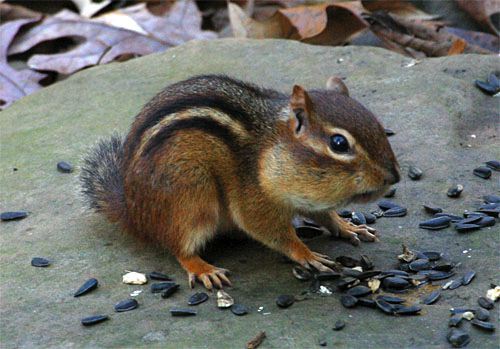

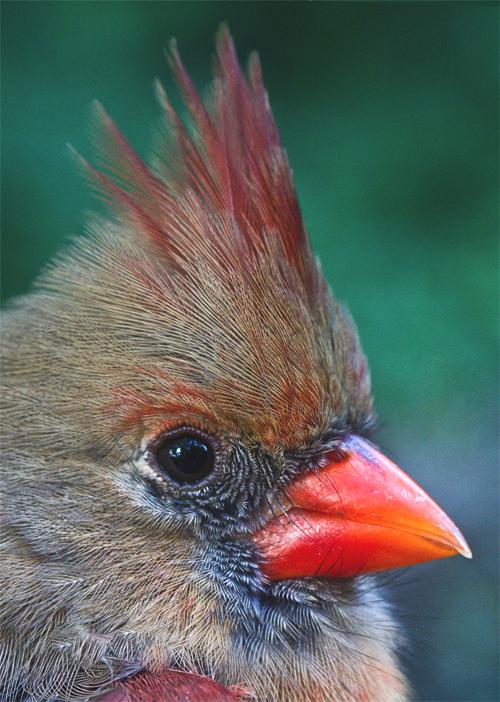
 We wrote about it back then and speculated it was a young fox with mange.
We wrote about it back then and speculated it was a young fox with mange.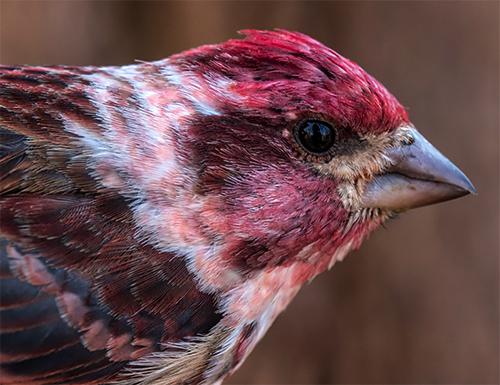

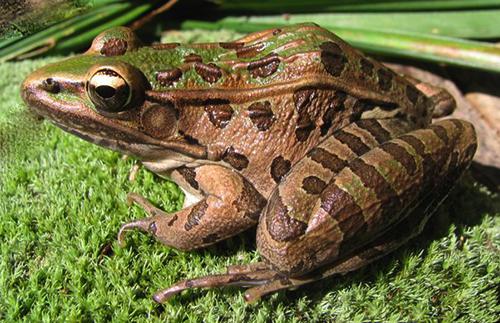
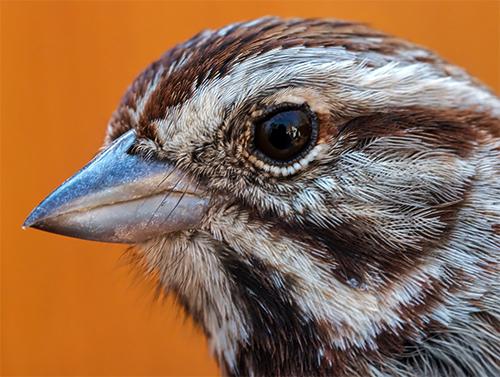
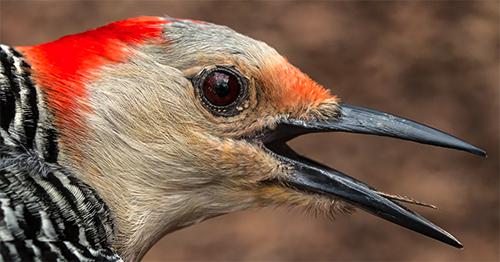
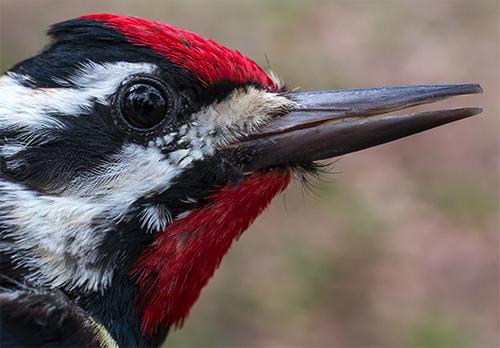
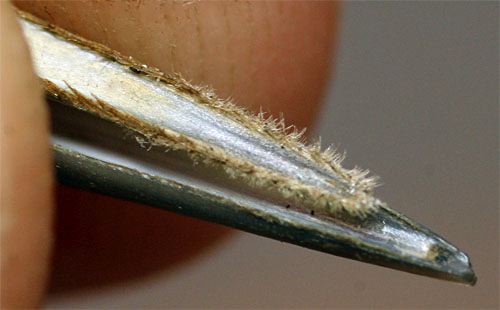

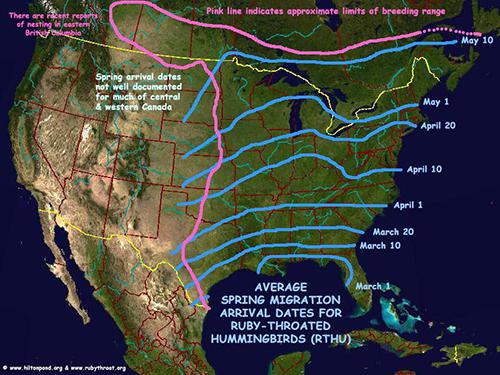









 Oct 15 to Mar 15:
Oct 15 to Mar 15: